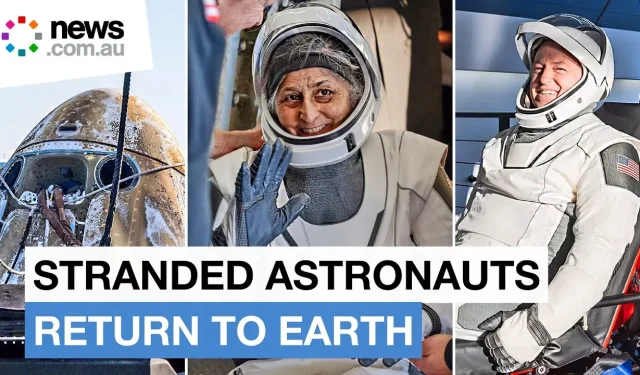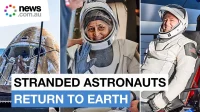Successful Splashdown Off Florida Coast
NASA astronauts Butch Wilmore and Suni Williams have successfully returned to Earth, splashing down off the coast of Florida. This moment marks the conclusion of an extended mission that transformed from a planned week-long stay to an astonishing 286 days aboard the International Space Station (ISS). Their prolonged duration in space underscores the challenges faced by space agencies in managing astronaut missions and the dynamics of space health.
Extended Stay at the International Space Station
The astronauts were initially scheduled for a shorter mission, but various circumstances led to their extended presence in low Earth orbit. During their time aboard the ISS, they contributed significantly to scientific research and technology development, which is crucial for NASA’s future missions, including potential crewed voyages to Mars.
Implications of Long-Duration Space Missions
The extended stay raises important questions regarding the long-term effects of space travel on human health. Research conducted during Wilmore and Williams’ time in space will aid scientists in understanding the physiological changes experienced by astronauts, including muscle atrophy, bone density loss, and cognitive changes that can occur during long-duration missions. This knowledge is vital for ensuring the safety and success of future exploratory missions.
The Future of Human Space Exploration
Wilmore and Williams’ experience reiterates the complexities of human spaceflight and the necessity for continued advancements in life support systems, exercise protocols, and countermeasures against microgravity effects. As NASA eyes ambitious projects, including a return to the Moon and eventually crewed missions to Mars, insights gained from this extended mission will be invaluable in preparation for future challenges.
Public and Industry Reaction
The successful return of the astronauts has been met with widespread enthusiasm, as the public eagerly anticipates the findings from their mission that could revolutionize our understanding of living and operating in space. Industries related to aerospace, healthcare, and life sciences are particularly interested in the outcomes, as they can translate to new technologies and health solutions on Earth.
Conclusion
The return of astronauts Wilmore and Williams not only highlights the resilience of human exploration but also marks a significant chapter in the ongoing narrative of space travel. Their mission serves as a reminder of both the remarkable achievements and the intricate challenges that await humanity as it pushes the boundaries of exploration beyond our planet.


